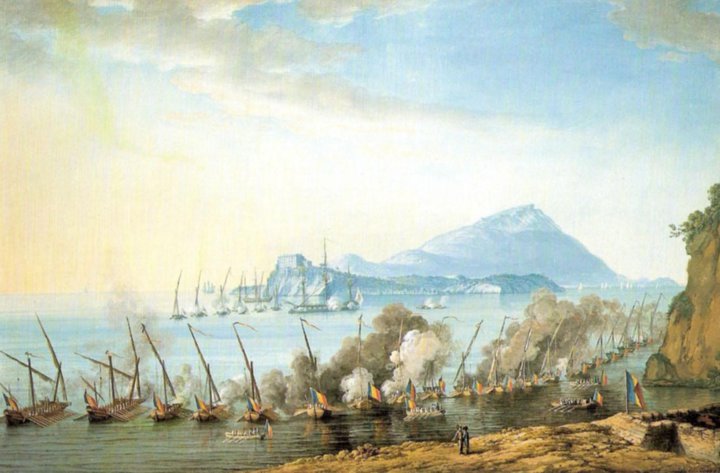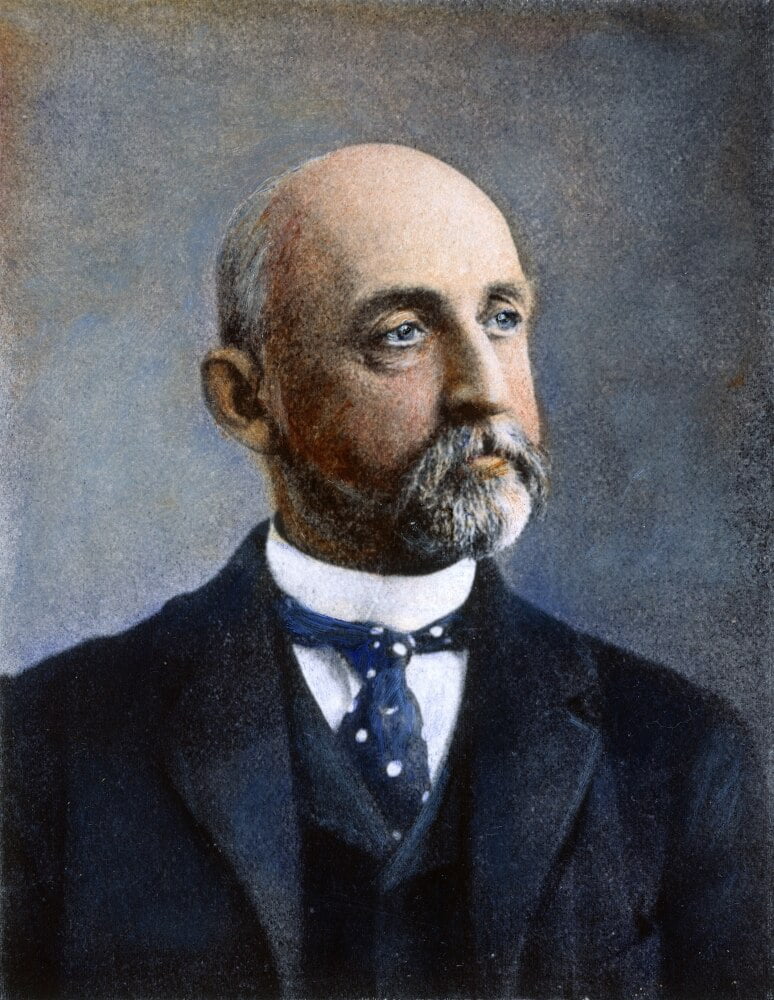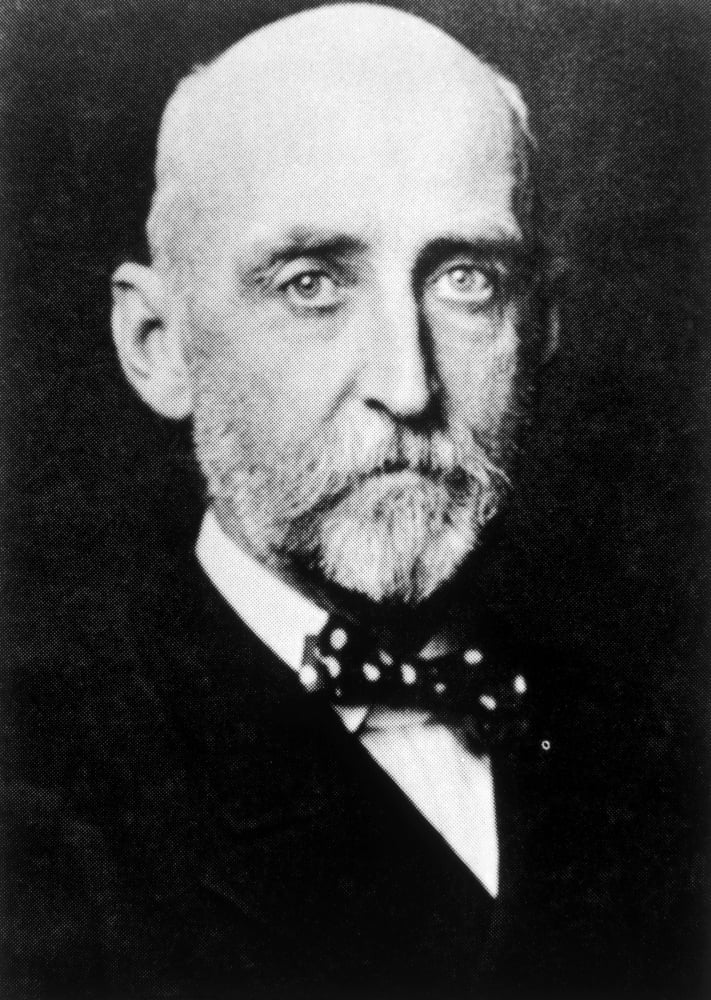

The Union's disposition on Cemetery Ridge at Gettysburg is almost perfectly sited according to Mahan's recommendations in "Field Fortifications" for disrupting an opponent's artillery fire. At Gettysburg, Reynolds saw the opportunity for a Corps d'Armee engagement where his leading Corps held off Confederate attacks while the mass of the Union army concentrated. The French called this envelopment strategy "la manoeuvre sur les derrières." At Vicksburg, after the envelopment, Grant used a strategy of the central position to defeat his opponent in detail, a Napoleon tactic well-known to Mahan's admirer and Grant's lieutenant WT Sherman, if not Grant himself. Grant used rivers to screen his approaches to Vicksburg and Richmond. Lee used the Blue Ridge Mountains to screen his invasions of Pennsylvania and Maryland. Topography and the use of terrain to advantage became important thanks to Mahan, as well as the principles of concentration, "celerity" and calculated risk. While the influence of Mahan and West Point on the Civil War remains controversial and neglected, it is not difficult to find many of the Civil War's tactics and strategies presaged in Mahan's work.
ALFRED THAYER MAHAN BORN IN HOW TO
Most of the Civil War commanders, whether Union or Confederate, learned about entrenchment, fortifications, and how to conduct warfare in the classes that he taught at West Point, and from his pre-Civil War writings. Professor Mahan's lectures and writings about military fortifications and strategy were instrumental in the conduct of the Civil War by the officers on both sides. Mahan also founded the Napoleon Seminar at West Point, where advanced under-graduates and senior officers including Lee, Reynolds, Thomas and McClellan, studied and discussed the great European wars, Napoleon and Frederick the Great. His writings became standard textbooks in the worldwide field from the time they were written until after World War I. His books on military thought were widely influential. Virtually all 19th century American engineering schools were started with West Point-educated faculty or adopted its texts.Īs a professor of military science at West Point, in addition to engineering methodology, Mahan promoted the development of professionalism and wrote extensively on fixed fortifications, field fortifications, strategy and tactics.

Mahan almost singlehandedly compiled and transferred the best of European engineering to the United States and other English-speaking parts of the world. He resigned his commission in 1832 to accept the position of Chair of the Engineering Department.Īn important influence on the military conduct of the American Civil War and Civil Engineering, Mahan is best understood as an educator and technology transfer agent, not a theorist.


Upon returning to West Point in 1830, he was promoted to Professor of Civil and Military Engineering. In 1826, he was sent to Europe to study advanced engineering techniques and military institutions. After graduation, he started teaching at the Military Academy with the very next class of cadets (1824). Such was his acumen that in his third year he was appointed acting assistant professor of mathematics. Mahan graduated from West Point in 1824, first in his class. He was baptized at New York City, though like other immigrant children of that era, e.g., General Philip Sheridan, it is unclear whether Mahan was born at New York or in Ireland. Of his other four children, his son Frederick August Mahan also graduated from West Point in 1867.ĭennis Hart Mahan was the child of Irish-Catholic immigrants. He was the father of American naval historian and theorist Rear Admiral Alfred Thayer Mahan. Dennis Hart Mahan (Ap– September 16, 1871) was a noted American military theorist and professor at the United States Military Academy at West Point from 1824-1871.


 0 kommentar(er)
0 kommentar(er)
